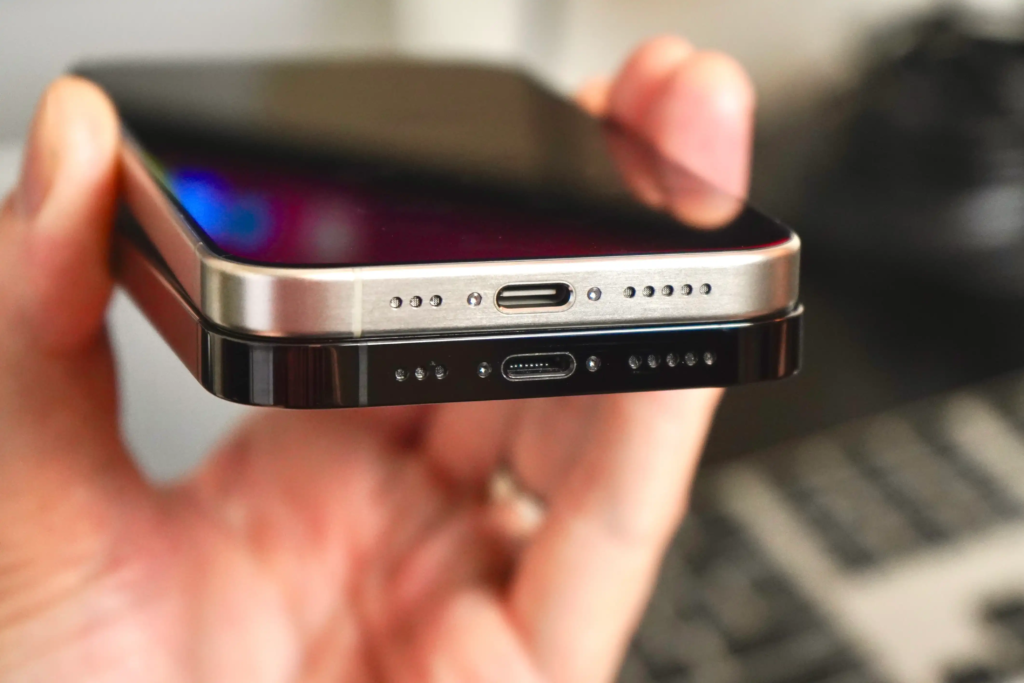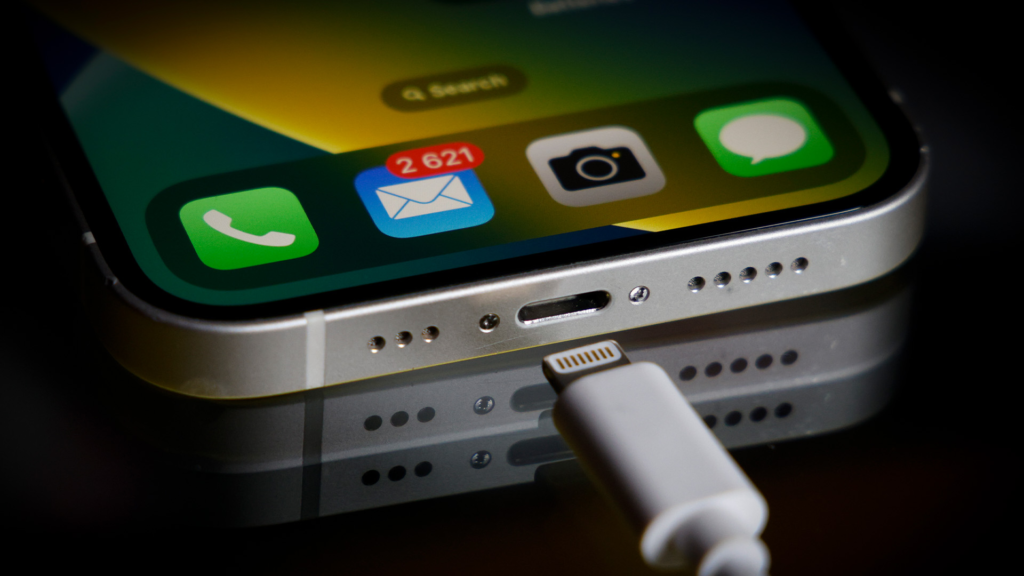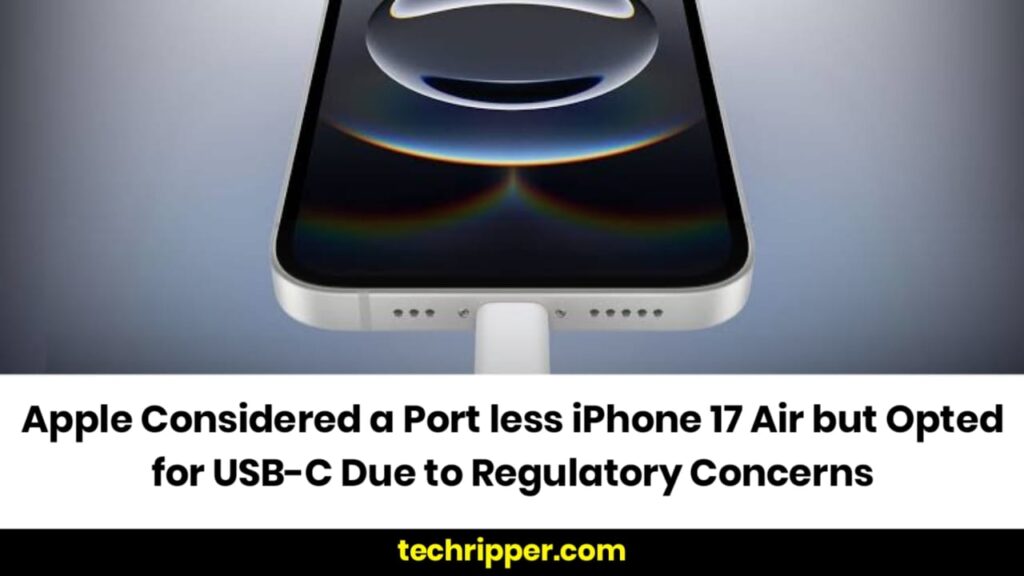Apple is reportedly preparing to launch a new addition to its iPhone lineup, the iPhone 17 Air, expected to debut in the fall of 2025. Designed to be thinner and lighter than previous models, this device aims to offer a sleek and modern design while maintaining high performance. According to a report by Bloomberg, Apple engineers have spent years working on this ultra-slim model, making significant advancements in battery technology and internal component design to ensure that the device remains both powerful and efficient.
Advanced Battery Technology and Internal Design Innovations
One of the key challenges in creating the iPhone 17 Air has been the development of a thinner battery. Apple has reportedly invested in high-density battery technology to maintain battery life while reducing the device’s overall thickness. Additionally, engineers have redesigned internal components, including a more compact logic board and a refined camera module, to fit within the slim form factor. There is also speculation that Apple will introduce a new lightweight material, potentially an advanced aluminum or titanium alloy, to enhance durability without adding weight.

Apple Considered a Completely Portless iPhone
As part of this design overhaul, Apple considered making the iPhone 17 Air completely portless, eliminating the USB-C charging port in favor of a fully wireless experience. Under this plan, all charging would be conducted through MagSafe or Qi wireless technology, while data transfers and software updates would be handled entirely via iCloud, AirDrop, and 5G connectivity. A report from The Verge highlighted that such a move would have improved water resistance and durability by eliminating physical openings for dust and moisture.
Why Apple Abandoned the Portless Design for Now
Despite these potential benefits, Apple ultimately decided to retain the USB-C port for the iPhone 17 Air. The primary reason behind this decision was regulatory pressure from the European Union, which has mandated that all smartphones sold in Europe must support USB-C charging. Apple was required to comply with these regulations starting with the iPhone 15 series, and removing the port entirely could have led to legal challenges and possible restrictions on sales in key markets such as Europe and India.
User Experience and Practical Challenges

Beyond regulatory concerns, user experience played a critical role in this decision. While wireless charging has become more common among iPhone users, a significant portion of the customer base still relies on wired connections for faster charging and high-speed data transfers. Professionals and developers, in particular, require a stable wired connection for tasks such as debugging and large file transfers, making a completely portless design potentially impractical at this stage.
What to Expect from the iPhone 17 Air
Although Apple has chosen to retain the USB-C port for now, the iPhone 17 Air is still expected to introduce a dramatically thinner and lighter design. It is rumored to feature a redesigned chassis, a next-generation OLED or MicroLED display for improved efficiency, and AI-powered enhancements integrated with iOS 19. Some industry analysts speculate that Apple may continue refining its vision for a portless iPhone over the next few years, gradually shifting users toward a fully wireless experience. on Apple’s upcoming devices, visit Apple’s newsroom or follow MacRumors for the latest leaks and industry insights.
Also Read : Skype is shutting down in May — these are the best alternatives

